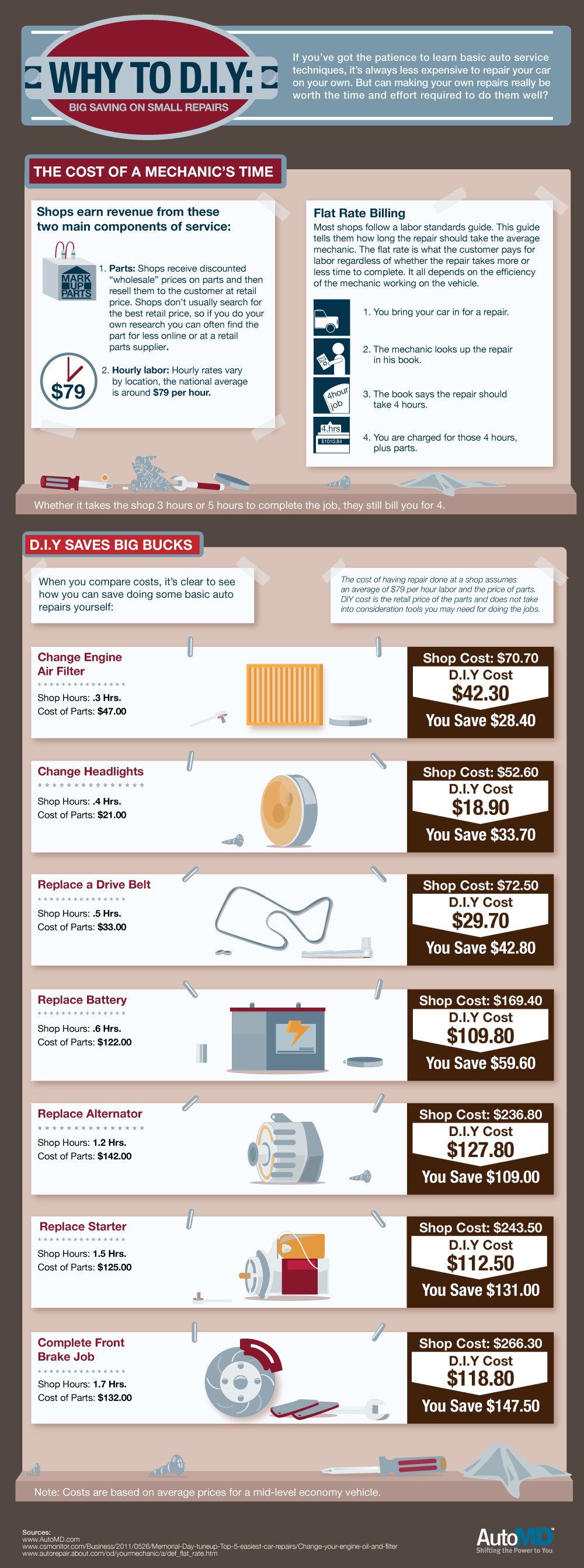Deciphering Your Vehicle'S Caution Indicators: What They Really Indicate
Deciphering Your Vehicle'S Caution Indicators: What They Really Indicate
Blog Article
Writer-Sykes Gilbert
When you lag the wheel, those radiant caution lights on your dashboard can be a bit perplexing. Do you recognize what they're attempting to tell you concerning your car's wellness? Recognizing the significance of these lights is vital for your safety and security and the durability of your vehicle. So, the following time one of those lights appears, wouldn't you intend to decode its message properly and take the essential steps to address it?
Common Caution Lighting and Interpretations
Recognize usual caution lights in your vehicle and recognize their significances to ensure secure driving.
One of the most common warning lights include the check engine light, which indicates issues with the engine or emissions system. If this light comes on, it's essential to have your automobile inspected quickly.
The oil stress warning light shows low oil stress, needing prompt interest to avoid engine damages.
A blinking battery light could suggest a malfunctioning charging system, potentially leaving you stranded otherwise attended to.
The tire stress tracking system (TPMS) light signals you to low tire stress, influencing vehicle stability and fuel efficiency. Ignoring self wash car might bring about risky driving conditions.
The ABS light indicates a trouble with the anti-lock stopping system, jeopardizing your capacity to stop quickly in emergencies.
Finally, the coolant temperature cautioning light warns of engine getting too hot, which can cause extreme damage otherwise fixed promptly.
Understanding these typical warning lights will help you resolve issues quickly and keep secure driving conditions.
Value of Prompt Focus
Comprehending the usual caution lights in your cars and truck is only the first step; the significance of quickly addressing these cautions can not be stressed enough to guarantee your safety and security on the road.
When a warning light illuminates on your dashboard, it's your car's method of connecting a possible concern that requires focus. Neglecting these warnings can result in more severe troubles later on, endangering your safety and possibly costing you more out of commission.
Trigger attention to advising lights can prevent breakdowns and mishaps. For example, a flashing check engine light can suggest a misfire that, if left unattended, can create damages to the catalytic converter. Resolving this quickly can conserve you from an expensive repair work.
Likewise, a brake system cautioning light may signal reduced brake liquid or worn brake pads, essential parts for your safety when driving.
DIY Troubleshooting Tips
If you observe a caution light on your control panel, there are a couple of DIY repairing pointers you can try prior to looking for specialist help.
Recommended Browsing is to consult your auto's handbook to understand what the specific warning light shows. Sometimes the issue can be as straightforward as a loose gas cap triggering the check engine light. Tightening https://garrettieytm.izrablog.com/30815903/fascinated-in-identifying-the-very-best-auto-service-center-near-to-you-explore-the-top-10-suggestions-that-will-certainly-direct-you-in-making-an-informed-decision might solve the trouble.
Another typical concern is a reduced battery, which can activate different advising lights. Checking the battery links for deterioration and guaranteeing they're protected could fix the problem.
If a warning light lingers, you can attempt resetting it by disconnecting the car's battery for a few minutes and afterwards reconnecting it. Additionally, inspecting your automobile's fluid levels, such as oil, coolant, and brake liquid, can assist fix alerting lights related to these systems.
Final thought
Finally, understanding your auto's warning lights is crucial for maintaining your lorry running efficiently and securely. By promptly resolving these alerts and understanding what they imply, you can stay clear of expensive repair work and possible failures.
where to get my car cleaned inside in mind to consult your automobile's guidebook for certain details on each warning light and take action appropriately to guarantee a trouble-free driving experience.
Remain notified, stay safe on the road!
